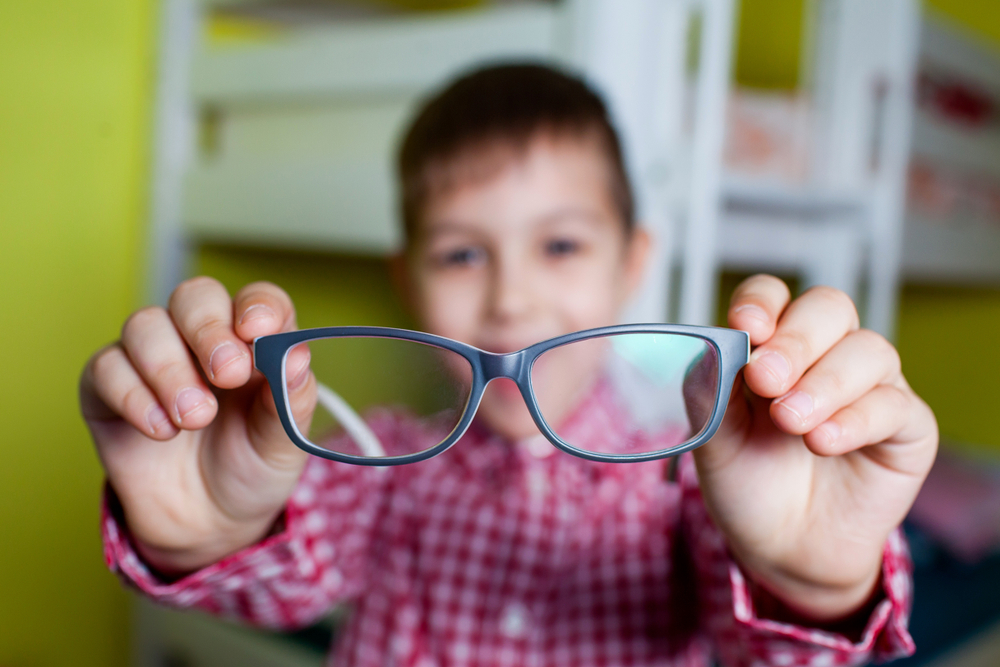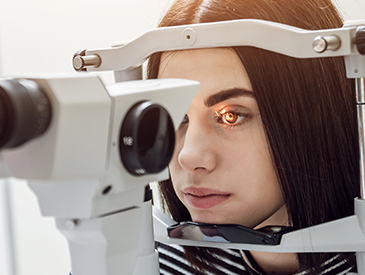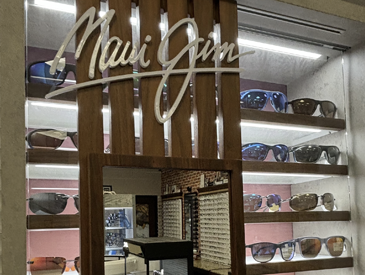How is Myopia Managed in Children?
Blog:How is Myopia Managed in Children?

How is Myopia Managed in Children?
Myopia is a refractive error that causes distant objects to appear blurry while close-up objects remain clear. This occurs when the eye's lens or cornea is too curved, causing light to focus in front of the retina instead of directly on it. Myopia typically begins to develop in childhood and can progress rapidly during the school-age years.
Causes and Symptoms of Myopia in Children
The exact causes of myopia in children are not fully understood, but research suggests it is influenced by a combination of genetic and environmental factors. Children with a family history of myopia, who spend a lot of time on near-work activities like reading or using digital devices, or who have insufficient outdoor time are at a higher risk of developing myopia.
Symptoms of myopia in children may include:
- Squinting or struggling to see distant objects clearly
- Frequent headaches or eye strain
- Sitting too close to the TV or computer screen
- Avoiding activities that require distance vision
The Role of Regular Pediatric Eye Exams for Early Detection of Myopia
Regular pediatric eye exams play a crucial role in the early detection and diagnosis of myopia in children. Early detection allows for timely intervention to correct vision problems and prevent further deterioration.
Additionally, regular eye exams can help monitor the progression of myopia, enabling optometrists to provide appropriate management strategies to ensure the long-term eye health of children.
If left untreated, myopia can continue to progress, leading to higher levels of refractive error and an increased risk of serious eye conditions later in life, such as retinal detachment, glaucoma, and cataracts. By proactively managing myopia in children, you can help slow its progression and safeguard your child's long-term vision.
Different Methods of Myopia Management in Children
There are several proven methods for managing myopia in children, including:
- Orthokeratology (Ortho-K): This involves wearing specialized rigid gas-permeable contact lenses that temporarily reshape the cornea to improve vision. Ortho-K lenses are worn overnight and remove the need for daytime corrective lenses.
- Atropine Eye Drops: Low-dose atropine eye drops have been shown to slow the progression of myopia in children. These drops work by slightly blurring near vision, which may reduce the eye's growth and myopia development.
- MiSight Contact Lenses: These specialized soft contact lenses are designed to slow myopia progression by controlling the focus of light entering the eye.
Your optometrist can help determine the most appropriate myopia management strategy for your child based on their individual needs and circumstances.
Schedule Your Child’s Eye Exam with Texas State Optical Today
Myopia is a common and often progressive vision condition that can have serious implications for your child's eye health if left untreated. By understanding the causes, symptoms, and management strategies for myopia, you can take proactive steps to protect your child's vision and prevent the development of potentially sight-threatening eye conditions.
Schedule a comprehensive eye exam for your child to assess their myopia risk and discuss the best management options. Early intervention can make a significant difference in your child's long-term eye health and vision development. Visit Texas State Optical at our office in Magnolia, Texas, or call (281) 946-2020 to book an appointment today.


